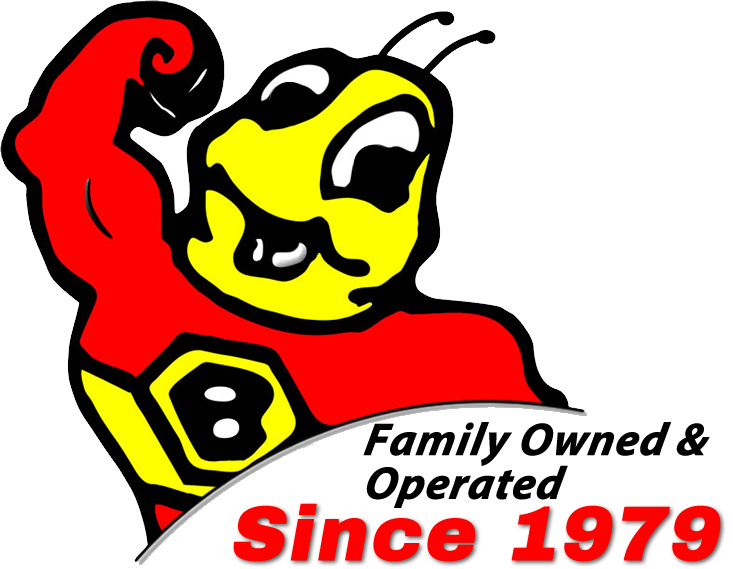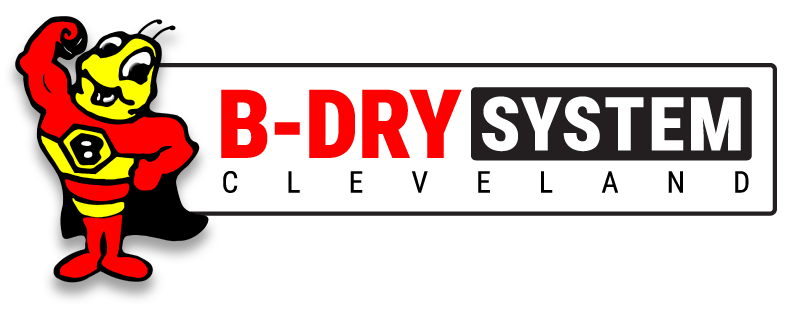WARNING
SIGNS
Below are some of the most common "Warning Signs" that will give you an indication that it's time to take action to address that dreaded Basement Repair.The Top 4 Warning Signs
Water Intrusion
A B-Dry Basement
Equals A Healthy Home.
Water intrusion is more than just an inconvenience — it’s a serious risk to your home’s structure, safety, and value. Addressing moisture issues early with professional waterproofing is the best way to protect your investment.Equals A Healthy Home.
Water Intrusion
Water intrusion is a huge "Red Flag". Water should never get into the home, especially if the footer drains are working properly however, there are other contributing factors to consider.
Other Factors
- Downspout drains are functioning properly
- Gutters are not blocked or over spilling
- Windows not leaking
- Floor drains did not back up
If water did not enter from a window or floor drain and you know that your downspouts and gutters are working properly, it's time to give us a call or use our "Free Estimate Form"
Efflorescence
Efflorescence
- Color: Typically white or gray
- Texture: Powdery, sometimes crusty
- Location: Common on basement walls, foundation blocks, concrete floors, or other porous surfaces
If you're seeing efflorescence on your basement walls, it's a good idea to have a professional waterproofing inspection—especially if it's accompanied by dampness, water seepage, or mold.
Efflorescence
Efflorescence is a crystalline deposit on surfaces of masonry, stucco or concrete. It is whitish in appearance, and is sometimes referred to as "whiskers". Efflorescence has been a problem for many years, and is a topic of much controversy.
Why It Matters:
-
Visual Warning Sign: Indicates water is moving through the wall—often a sign of a bigger moisture issue.
-
Not Mold, but Still a Concern: Though it’s not harmful like mold, it often signals the need for basement waterproofing.
Mold Growth
Mold Growth Factors
Mold growth is primarily driven by the presence of moisture, but several environmental factors contribute to creating the ideal conditions. Here are the main factors that breed mold growth:
- Moisture
- Warmth
- Poor Ventilation
- Organic Materials
- Darkness or Low Light
- Time
- Neglected or Untreated Spaces
Mold Growth
Obviously a leaking basement is a major contributing factor to mold being present in the basement. We can take care of water leakage in the basement, but the homeowner should be very proactive in controlling the humidity levels year around.
Preventing mold growth starts with moisture control—fixing leaks, using dehumidifiers, and ensuring proper ventilation are your best defenses.
Structural Damage
Lack of Drainage or Waterproofing
Without proper drainage systems (like gutters, downspouts, or a perimeter drain tile), water collects near the foundation.
- Increases hydrostatic pressure.
- Saturated soil = heavier soil = more force on the wall.
If you’re seeing signs like bowing or horizontal cracking, it’s crucial to have a professional basement inspection to avoid worsening structural damage.
Structural Damage
When soil and roots push on a basement wall enough to cause it to bow and crack, it's typically due to a combination of external pressure and poor drainage conditions. Here's a breakdown of the main causes:
- Lateral Soil Pressure
- Hydro-static Pressure
- Tree and Plant Roots
- Frost Heave (in colder climates)
What Happens to the Wall:
-
Horizontal Cracks often form along mortar joints, especially mid-wall height.
-
Bowing begins as the wall gradually curves inward under pressure.
-
Structural Failure is possible if left unaddressed.


